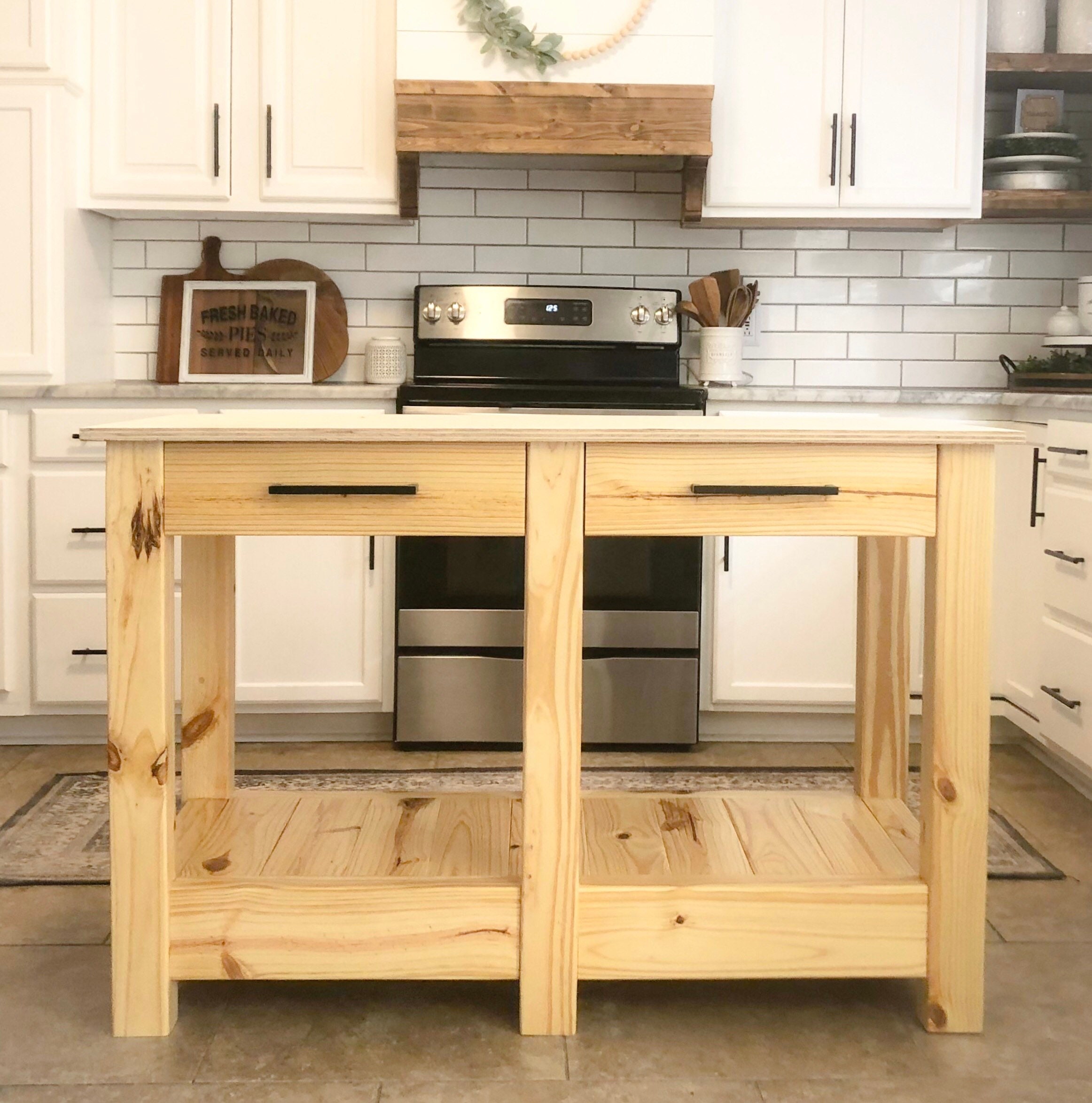A Guide to Picking the Perfect Legs For Kitchen Island for Your Home
Choosing the excellent legs for your kitchen island is a nuanced decision that affects both the capability and visual appeal of this central room. Variables such as height, materials, and style play an important duty in integrating your island with the overall kitchen area design. Additionally, understanding the value of security and upkeep can dramatically influence your choice. As you think about these components, it ends up being apparent that the ideal legs can change not just the appearance of your cooking area yet additionally its use for several years ahead. What specific features should you focus on in this option procedure?

Comprehending Kitchen Island Legs
When picking legs for a kitchen island, it's essential to comprehend their functional and aesthetic functions in the total design. The legs work as an important assistance system, guaranteeing security and sturdiness for the island, which often works as a work space, dining area, or collecting area. The selection of material and construction technique should be durable adequate to withstand daily use and prospective wear.
In enhancement to their architectural duties, legs contribute considerably to the island's visual charm. They can enhance the kitchen area's design, whether with standard, modern, or eclectic designs. The elevation and proportion of the legs are also crucial considerations; they need to balance with the island's counter top elevation while making sure comfy seating for those utilizing the area.
Additionally, the leg style can affect the total circulation of the cooking area. Open, ventilated leg styles can produce a feeling of agility, while strong, considerable legs may share a more based and steady aesthetic - Legs For Kitchen Island. Comprehending these functional and aesthetic facets will certainly assist house owners in making notified choices that complement their cooking area's layout and improve its usability
Popular Styles and Materials
The option of legs for a kitchen area island includes a variety of preferred designs and materials, each offering unique features that can improve both functionality and aesthetic appeals. Among one of the most in-demand styles are modern, rustic, and standard. Contemporary legs frequently feature streamlined, minimalist layouts that highlight simplicity and tidy lines, making them perfect for modern kitchen areas. Rustic styles, on the various other hand, embrace natural environments and commonly display recovered wood or troubled finishes, adding heat and appeal to the room. Conventional legs typically display luxuriant details and craftsmanship, boosting classic cooking area designs.

Height and Security Factors To Consider

The legs of the kitchen island need to offer adequate support, making certain that the structure can hold up against everyday usage without wobbling or moving. Product selection plays a considerable duty in stability; steel legs, for instance, have a tendency to offer higher toughness compared to timber.
Matching Your Cooking Area Aesthetic
Choosing the ideal legs for your cooking area island goes past capability; it additionally plays a substantial role in the overall aesthetic of the space (Legs For Kitchen Island). When choosing legs, consider the design style of your kitchen.
Legs that enhance or comparison with your island's surface and bordering kitchen cabinetry can produce aesthetic consistency or striking focal points. In addition, take into consideration the coating of the legs; matte, shiny, or textured finishes can dramatically affect the overall feeling of the kitchen area.
Installation and Upkeep Tips
Mounting kitchen island legs needs careful interest to information to ensure both security and visual appeal. Make use of a my link stud finder to locate wall surface studs if you are affixing the legs to a wall or utilizing braces for added support.
When safeguarding the legs, utilize high-quality screws and, if needed, timber glue for extra stamina. For steel legs, guarantee that you are utilizing appropriate anchors and tools to stop damage to your flooring. It is recommended to examine for levelness after installation, making changes as required to prevent tottering.
Clean the legs with a suitable cleaner, avoiding unpleasant products that might scrape the surface area. By complying with best site these setup and maintenance tips, you can ensure that your cooking area island legs remain both functional and aesthetically enticing.
Conclusion
In verdict, choosing the appropriate legs for a kitchen area island necessitates mindful consideration of elevation, stability, and visual compatibility. Ultimately, thoughtful leg choice plays a crucial function in elevating both the functionality and layout of the kitchen area room.
When selecting legs for a cooking area island, it's important to recognize their visual and practical duties in the overall style. Open, ventilated leg styles can produce a feeling of lightness, while solid, significant legs may share a much more based and stable visual. The legs of the cooking area island ought to offer appropriate assistance, making sure that the structure can endure everyday use without tottering or shifting.Installing kitchen island legs calls for mindful attention to information to make certain both stability and aesthetic appeal.In verdict, choosing the ideal legs for a kitchen area island necessitates careful consideration of height, stability, and aesthetic compatibility.